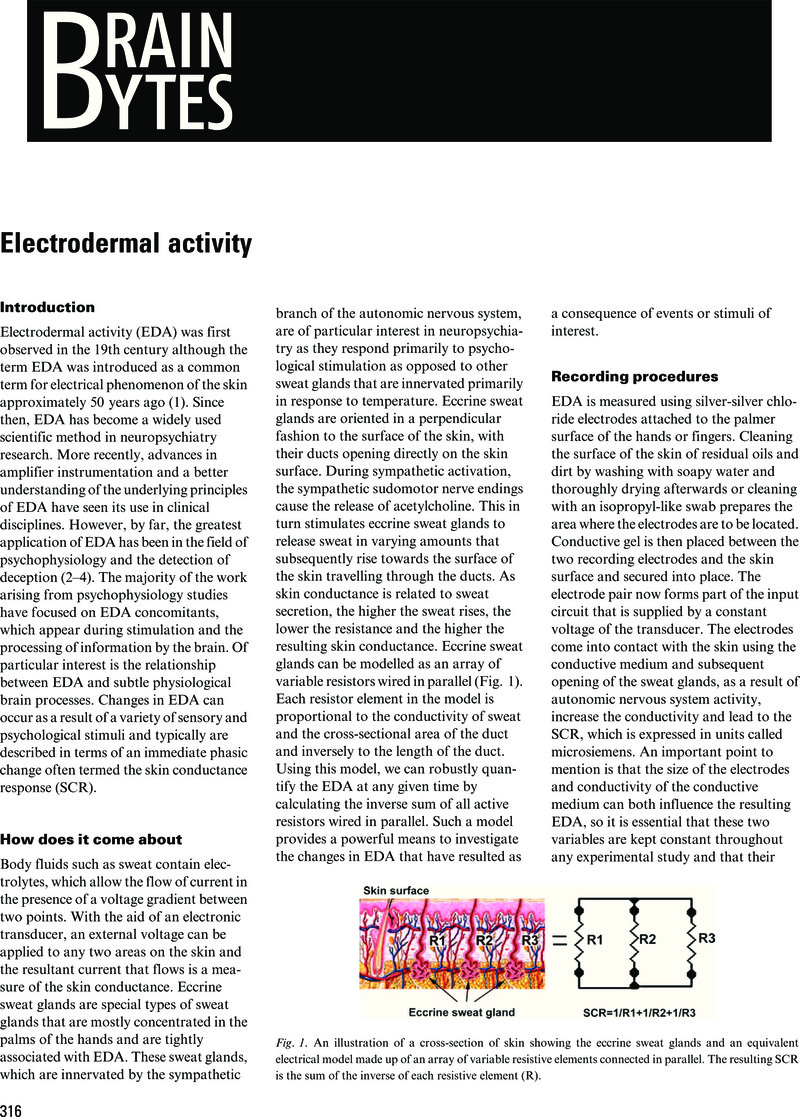Crossref Citations
This article has been cited by the following publications. This list is generated based on data provided by Crossref.
Fedato, Annapaola
and
Bruner, Emiliano
2023.
Cognitive Archaeology, Body Cognition, and the Evolution of Visuospatial Perception.
p.
241.
Wang, Xinyuan
Xing, Qian
Jin, Qiao
and
Wang, Danli
2024.
“Be a Lighting Programmer”: Supporting Children Collaborative Learning through Tangible Programming System.
International Journal of Human–Computer Interaction,
Vol. 40,
Issue. 10,
p.
2622.


